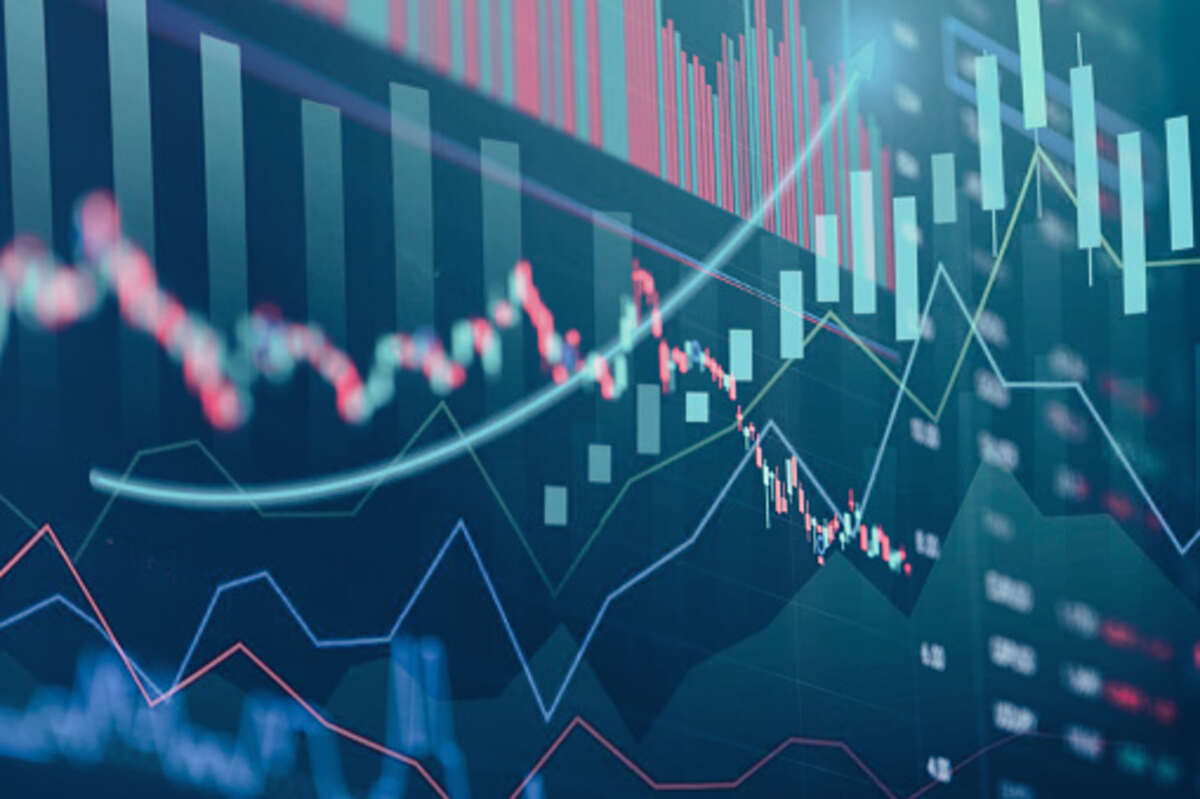Before you purchase anything, be it a car or a mixer-grinder, what is the first thing you do? Check the brand, history, features, etc., and determine if it is worth the investment. The same yardstick applies even to algorithmic trading, and the method used is called backtesting. Backtest strategies, in simple words, is a trading strategy where a trading strategy or a hypothesis is tested on primary data and periods. Then, instead of blindly applying the defined strategy, a trader can simulate the trading strategy using historical data and check for success or failure.
Backtesting is a crucial and effective way to test the algorithmic trading strategy created. It is performed by building plans using historical data from trades made in the past using the rules of the given system. The result provides data that helps check the effectiveness. The assumption is that anything that has worked in the past will work in the future. On the contrary, a strategy that has performed poorly is unlikely to work in the future.
Table of Contents
Role of Backtesting Strategies in Trading
Backtesting helps to test the success or failure of a strategy.
Backtesting strategies work because you can check quickly if a system has worked or not in the past. For instance, if you want to know if Turnaround Tuesday in stocks is a myth or if there is any truth. Then you can start backtesting by defining the rules. The same applies to an interesting pattern that you see in a chart. You can quantify them with some s of sale, buy, and rules test. You can confirm or falsify any hypothesis by backtesting strategies to get answers.
Provides Statistical Feedback
Backtesting a strategy provides beneficial feedback about a given system. It includes:
- Net percentage lost or gained.
- Volatility measure: maximum percentage of downward or upward trends
- Percentage average loss, gain, and bars held.
- Percentage of capital invested or exposed to market
- The ratio of win: loss
- Year-on-year percentage return
- Returns after risk-adjustment
It removes Emotion from the Equation
There are many behavioral risks due to which individual investors suffer losses. They tend to panic when the results go against their expectations. When you use a trading platform, the strategy is applied, and depending on the setting chosen, the order gets placed automatically. That means you have to stick to the trading plan you created. It takes the Emotion out of the Equation, which is not true when executing orders manually.
Saves Time
Trading is all about hits and misses, or, as you might say, the trial and error method. Using trading software, you can generate many strategies. Some of those may seem promising, but others may waste your time. Whatever the case, you can confirm or reject these strategies by backtesting them. Backtesting is an ideal tool for testing your system and saves you time and money as you can determine what works and what does not.
Rules for Backtesting Strategies
After having understood the importance of backtesting trading strategies, here are a few things to remember while creating backtest designs:
- Consider the market trends at the time the system was tested
- Consider the domain in which the backtesting was conducted. For instance, if you are testing in tech stocks, it may fail in other sectors. Therefore, if a strategy is made for a specific domain, limit it to that.
- Consider the volatility measures when building trading system strategies
- Watch out for the average bars when creating a trading system.
- Apart from annualized returns, look at the risk-adjusted returns.
Backtesting is an essential aspect of developing a trading system. When created correctly, it can help traders improve their strategies, find flaws, and gain confidence before applying them in real time.
Read also: Mydigitrade Review


